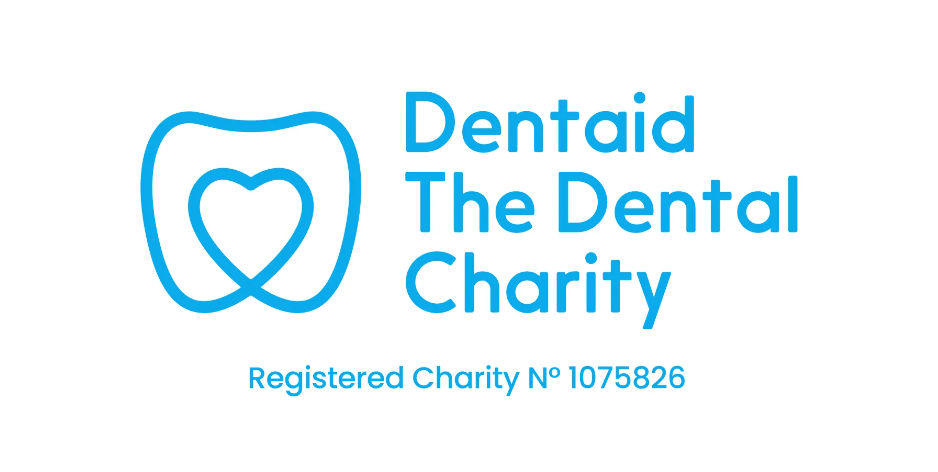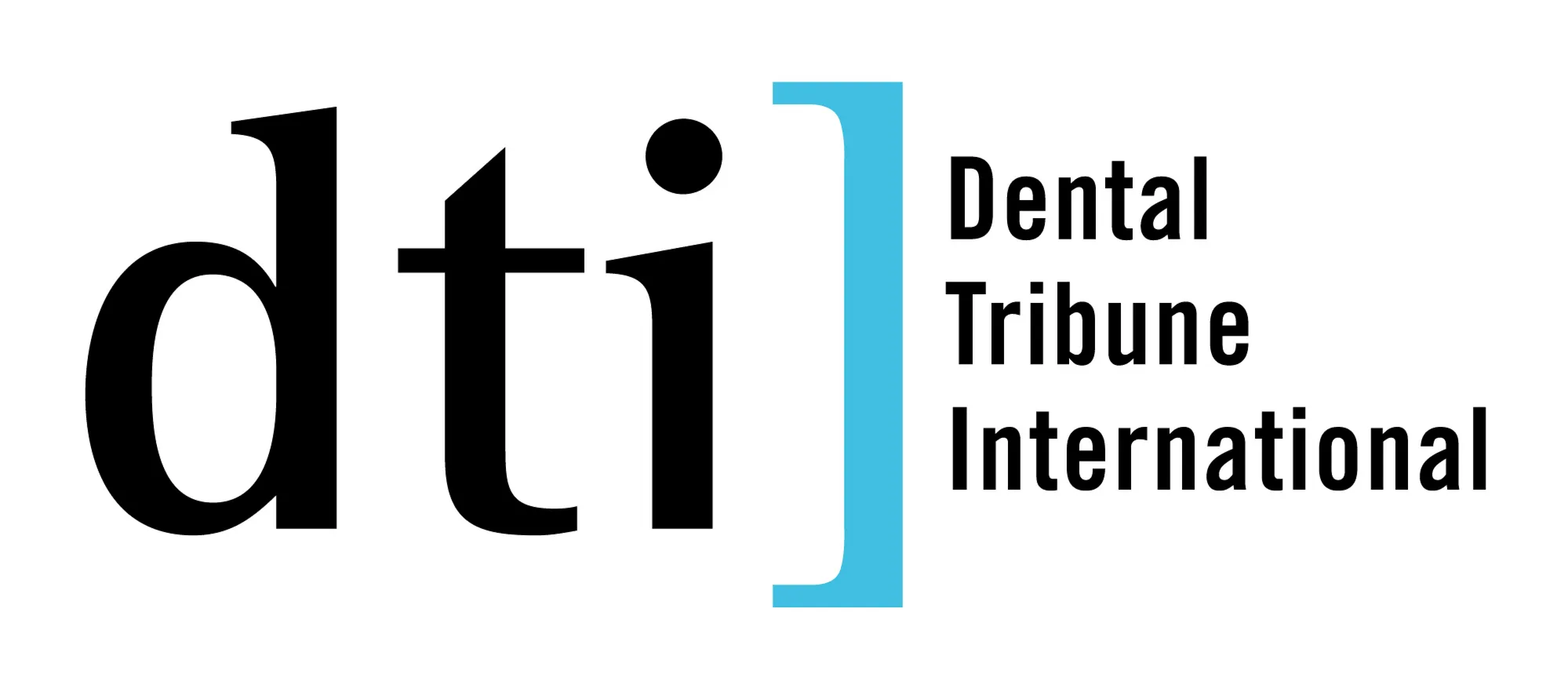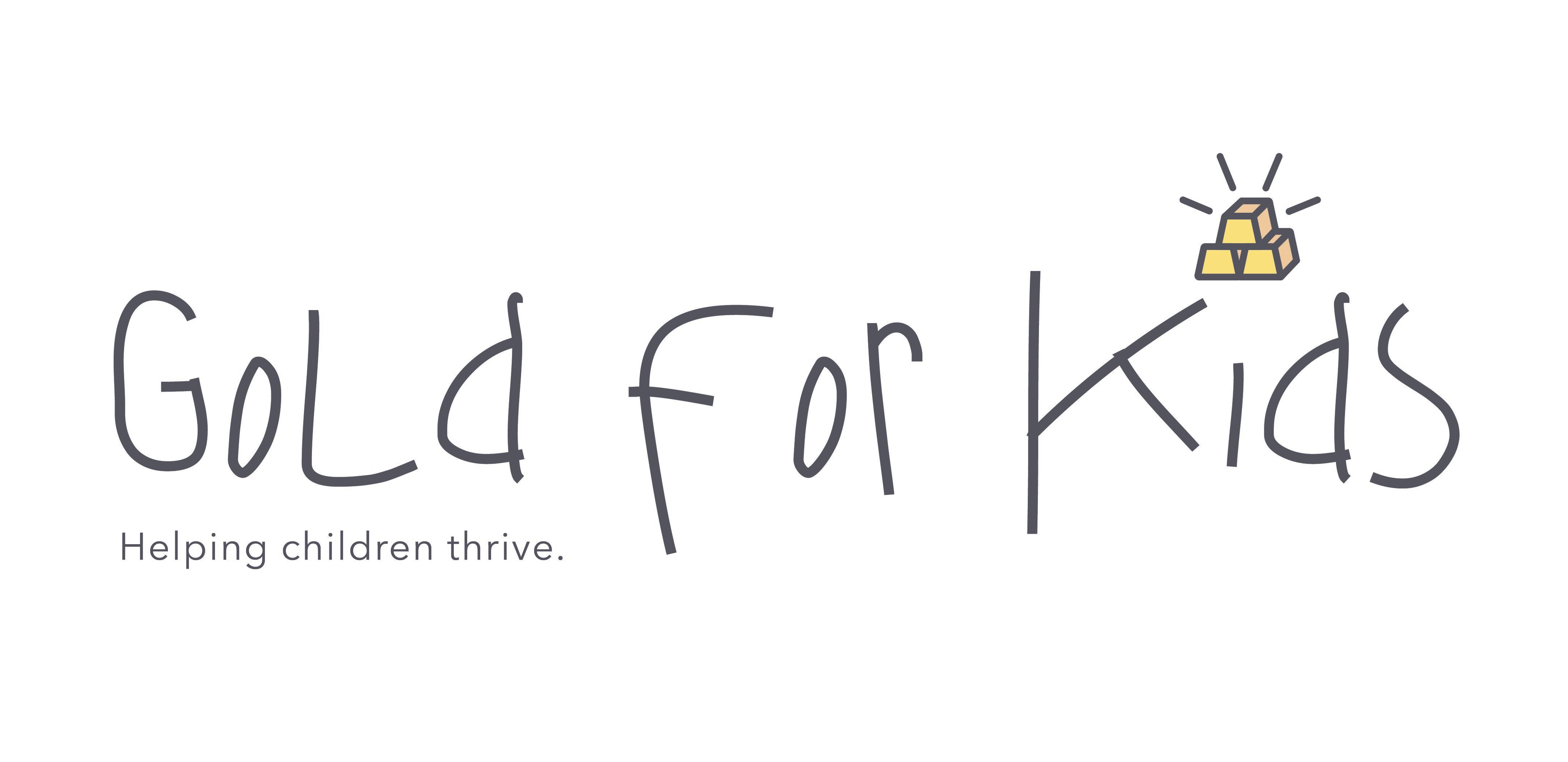Essential rethinking of children’s oral health
)
In dentistry, we are all aware that removal of decayed teeth is the most common reason for a 5 to 9-year old child to be admitted to hospital in England, and one of the most common reasons for a child to need an operation under general anaesthesia.
But, following COVID-19, these shocking facts have renewed significance. Waiting lists for dental extractions under general anaesthetic were unacceptably long prior to COVID-19. In March of this year, all procedures involving AGP in dental practice were cancelled while only the most essential of cases were carried out in hospital.
These decisions will inevitably have created a considerable backlog of incompletely treated dental disease in the child population as a whole.
Worryingly, the greatest burden is faced by those in the most deprived circumstances. (1) Children coming from lower income families are:
- almost twice as likely to have decay,
- more likely to experience toothache,
- likely to have difficulty in finding an NHS dentist and
- likely to report problems in their daily life caused by their oral health.
There are geographical inequalities in oral health, for example 2% of 3-year-old children in Oxford have visible dental decay compared with 34% in Leicester. The parlous state of children’s oral health is not new. What have we been doing about it?
Resources
Moving to a prevention-based approach to dental health is imperative and our resources are all geared to supporting the dental profession with family-facing resources.
This year, new videos (2) made with Brush DJ and starring Dr Ranj were unveiled and can be found on our website. We also work with other stakeholders wanting to get preventive messages to families, whether it’s social enterprises, dental health apps or local authorities. We are members of the Community Water Fluoridation network which is campaigning for targeted water fluoridation schemes in areas of highest need.
We have also raised our concerns about the long waiting times for a general anaesthetic in Westminster and in the media. For instance, we outlined the scale of the problem five years ago in our response (3) to the Health Select Committee Inquiry into Children’s Oral Health in 2015.
Service revision
Paediatric Managed Clinical Networks – regional groups which bring together clinicians with commissioners - are now completely re-evaluating how services are prioritised and delivered. Relieving children of pain and infection must take priority over routine dental care services, especially where dental clinic treatment space and potentially nursing support will be at a premium for some time to come.
Dental treatment has been successfully restarted, but with an estimated reduction in capacity of 50-65% because of measures needed to minimise the risk of viral transmission and protect staff and patients. This includes enhanced infection control processes and the need to limit footfall into clinics in order to maintain social distancing. Dental care is currently being provided following an effective system of triage and prioritisation. Early data suggests that whilst urgent dental care has been maintained since March, access to theatre time remains severely restricted. This is partly attributable to staff such as paediatric anaesthetists being redeployed into clinical wards to support the national response to COVID-19.
Recommendations
We have a wish list to support an essential rethinking of children’s oral health.
1) There needs to be a renewed focus on and investment in preventive measures. Dental disease is almost always preventable. We should:
a) Introduce supervised toothbrushing schemes in all early years settings. This intervention reduces decay experience and delivers return on investment.
b) Encourage all local authorities with areas of high dental need to introduce water fluoridation schemes. 45% fewer children aged 1 to 4 in fluoridated areas are admitted to hospital for tooth decay than those in non-fluoridated areas.
c) Invest in public health messaging, social prescribing and health technology to support self-care.
d) Implement the recommendations from PHE’s 2015 publication, “Sugar reduction – from evidence into action.” https://www.gov.uk/government/publications/sugar-reduction-from-evidence-into-action
e) Ensure mandatory inclusion of oral health in the care plan for those children with additional needs (such as heart conditions, cancer or learning disabilities), with initiatives such as Mini Mouth Care Matters (5), and maintaining ongoing funding for such services
2. Workforce is a major issue. The current number of specialist paediatric dentists is insufficient to meet the needs of the UK population.
More Specialists and Consultants are required, and we also need to upskill, and contractually enable, a proportion of General Dental Practitioners (GDPs) to deliver level 2 care for children. An excellent example of such a training scheme has just been announced in Yorkshire and Humber (4). This would also encourage wider use of dental therapists and extended duties dental nurses resulting in greater cost-efficiency.
Increasing the number of Specialists in Paediatric Dentistry based in Community settings will allow children and young people to receive expert care closer to home, thus reducing the need for onwards referral.
3. The current primary care dental contract is not fit for purpose. A contract based on a capitation model for children and young people is recommended.
4. Until the pandemic has passed allowing dental services to return more nearly to pre-C-19 capacity, clinical urgency (including well-being and quality of life factors) must take priority over waiting times for treatment.
5. We need to continue to work with the National Clinical Director for Children and Young People and the CYP Transformation Team to ensure that children’s oral health becomes fully integrated into the health agenda, aligning with common agendas such as obesity and childhood diabetes
- https://onlinelibrary.wiley.com/doi/abs/10.1111/cdoe.12426
- https://www.bspd.co.uk/Kidsvids
- http://data.parliament.uk/writtenevidence/committeeevidence.svc/evidencedocument/health-and-social-care-committee/childrens-oral-health/oral/18366.pdf
- https://www.bspd.co.uk/Portals/0/Press%20Releases/BSPD%20Yorks%20Humber%20Specialist%20Training%20PR%20140920l.pdf
- https://mouthcarematters.hee.nhs.uk/about-the-programme/children
Visit the BSPD at The British Dental Conference and Dentistry Show taking place 21st-22nd May 2021 at the NEC Birmingham










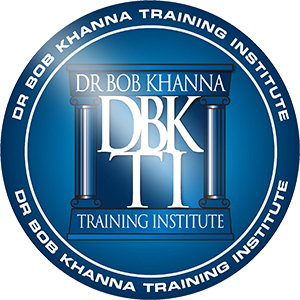





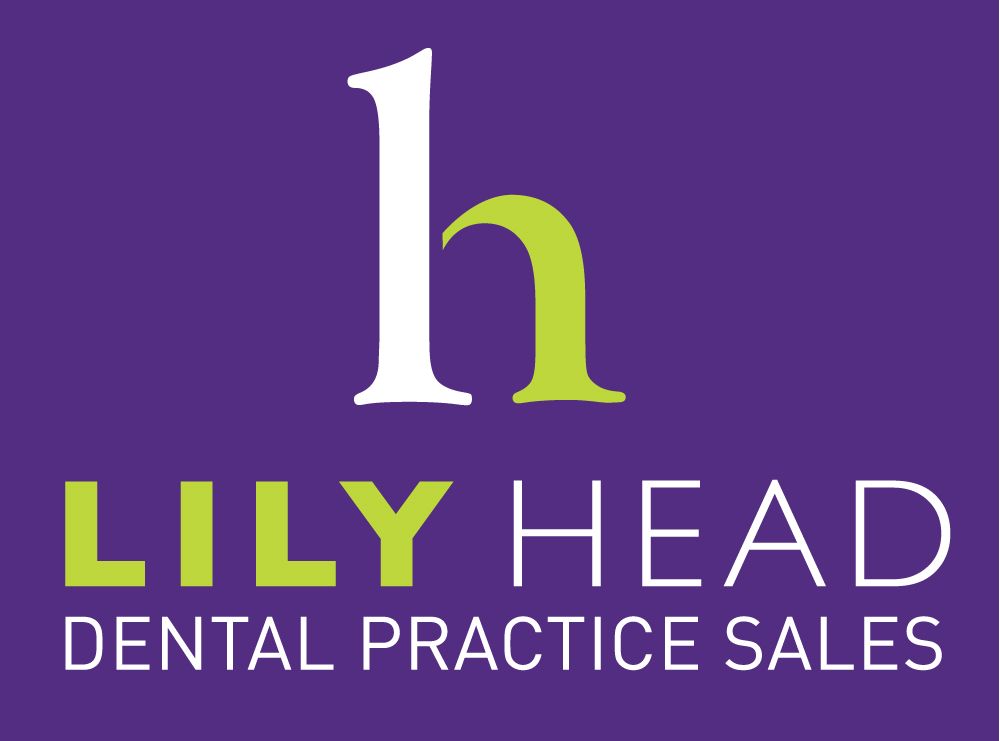











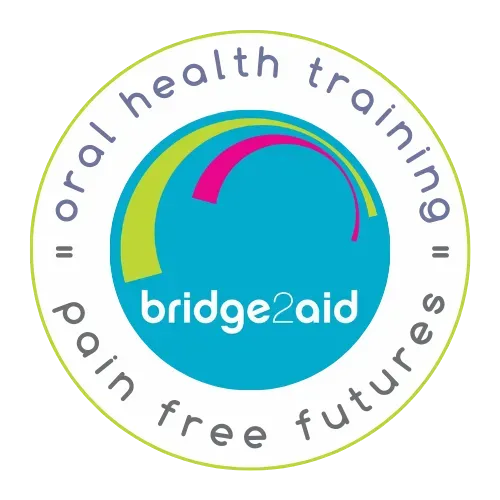


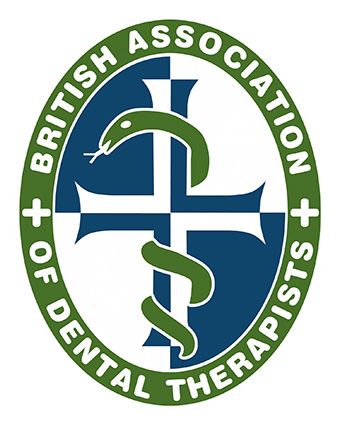


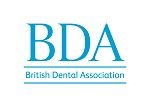
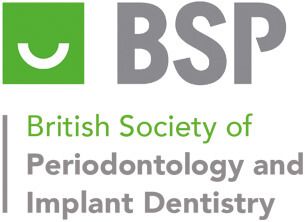
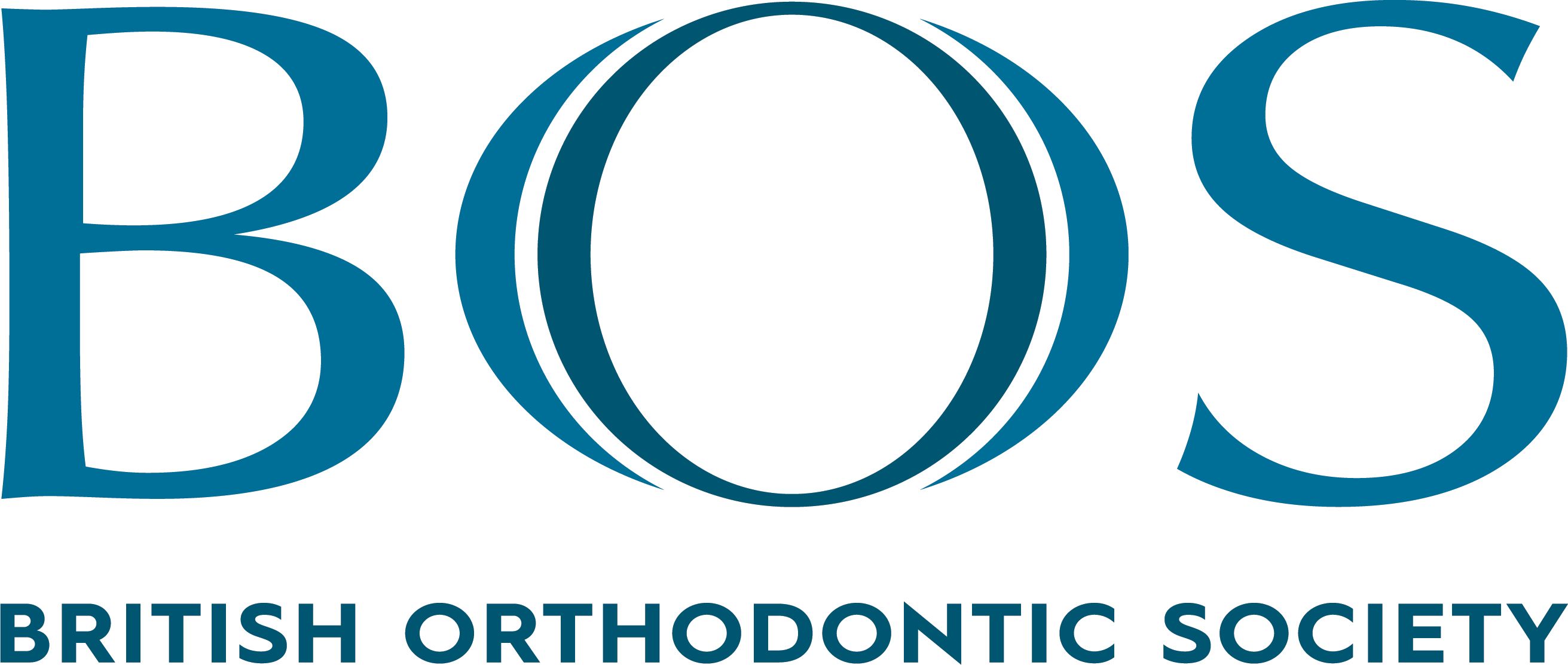


.png)
